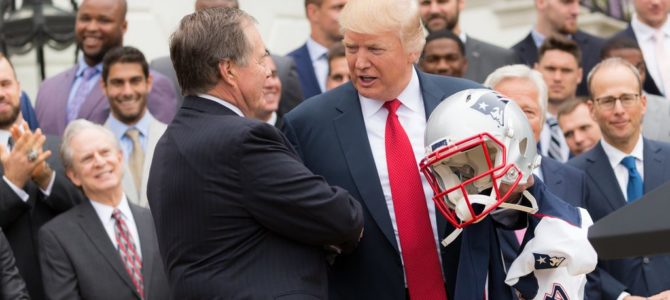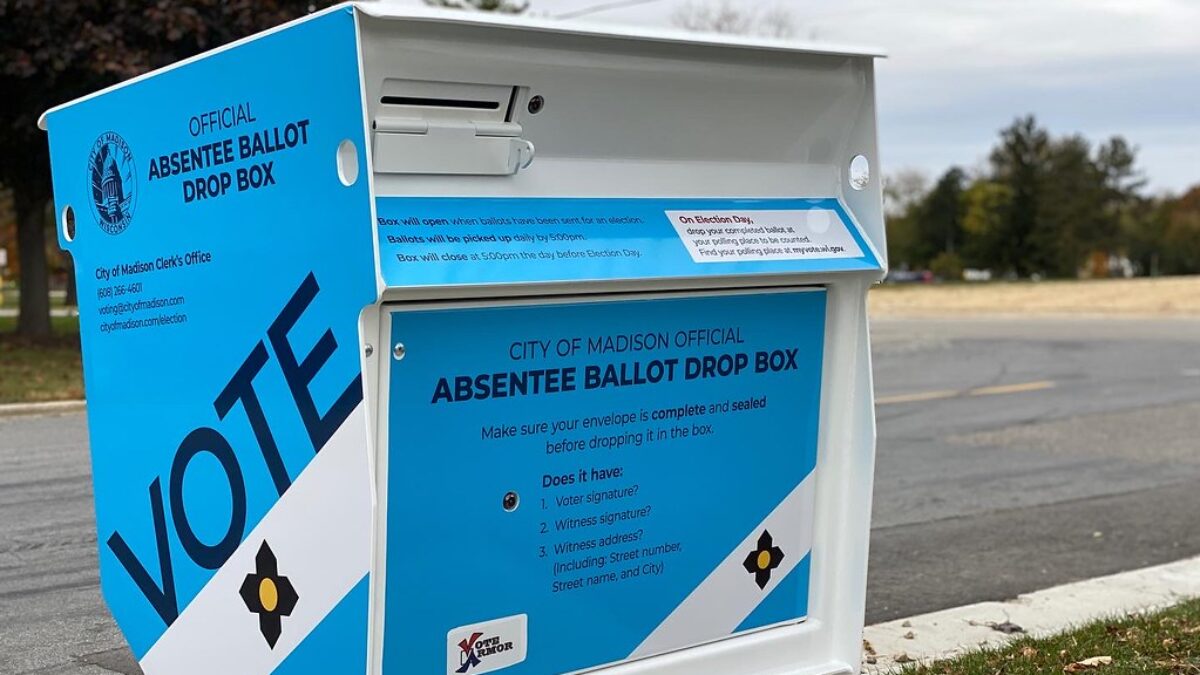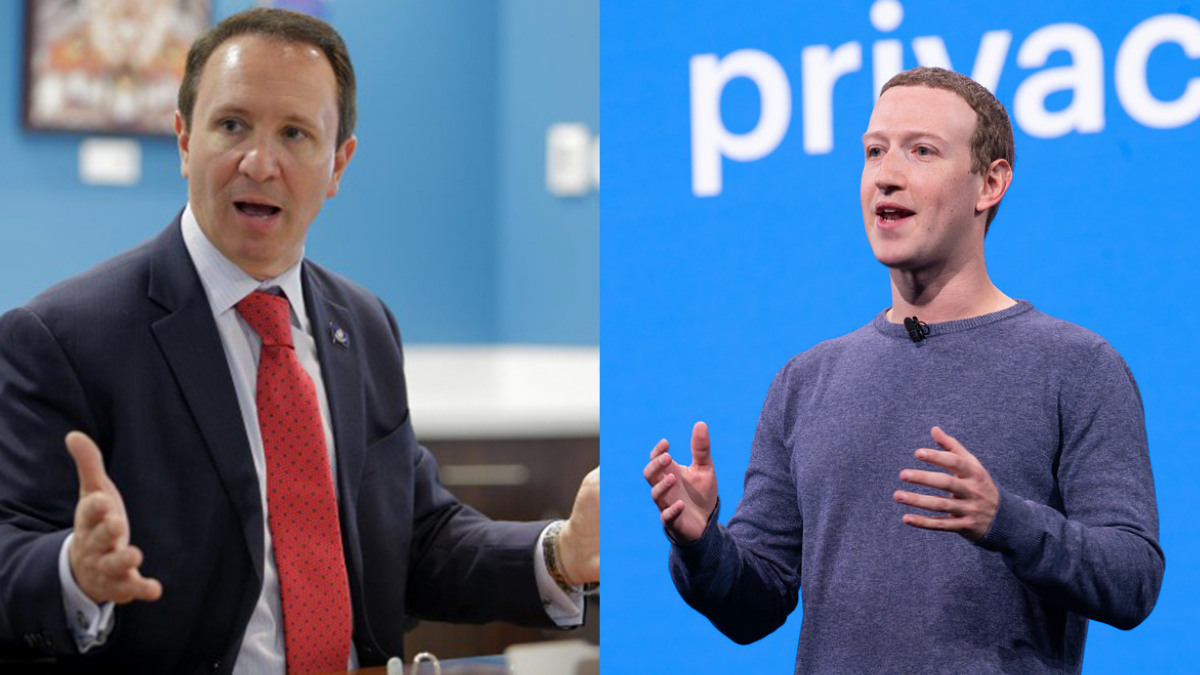
President Trump could lose the popular vote by as many as 5 million votes and still win reelection, according to David Wasserman of The Cook Political Report. Of course, this is not a likely scenario for 2020.
But The New York Times’ Nate Cohn believes it’s possible the president could win while losing the popular vote by as much as 5 percent. Other number-crunchers, including CNN’s Harry Enten, are looking at the same issues driving Wasserman’s analysis. So, probably, is the Trump campaign.
Focus on the Electoral College
The edge for Trump begins where 2016 left off, with the Electoral College. Democrats want to rely on a rising, more splintered voter pool. But Wasserman finds the two largest diversifying states almost certainly do not help Democrats. California is already solidly blue; Texas remains red enough that Trump’s margin could shrink by 800,000 and still win the state. Diversifying voter pools are similarly unhelpful to Democrats in the solidly blue states of New York, New Jersey, Massachusetts, Maryland, Washington, and Oregon.
Conversely, the Great Lakes and Rust Belt states, which decided the 2016 election, likely remain decisive for 2020. Pennsylvania, Michigan, and Wisconsin have high shares of working-class, white voters and are diversifying far more slowly than California or Texas. Moreover, a New York Times analysis of census data from Iowa, Michigan, Minnesota, New Hampshire, Pennsylvania, and Wisconsin indicates Republican midterm losses occurred largely due to a fall-off among working-class, white voters.
Both Wasserman and Cohn find Wisconsin could again play a key role in 2020. Trump could lose Pennsylvania and Michigan yet still win if he holds Wisconsin. Although Democrats won Wisconsin’s governorship in 2018, House and judicial elections suggest residual strength for the GOP. The president remains approximately 4 percent more popular in America’s Dairyland than his national average.
Trump Needs to Win Back the Rural Vote
Trump has lost support in rural areas of the state, however, while holding in the counties around Milwaukee. In 2018, a similar pattern emerged with Obama-Trump voters nationally. Whether this dynamic is due to working-class whites being less-regular voters or the perception that Trump has become a more establishment figure remains to be seen. But the level of rural support for Trump in 2020 will be important, and not just in Wisconsin.
Yair Ghitza of Catalist, a for-profit Democrat-aligned voter database, has found that despite the hype about suburban voters in 2018, Democrats made larger gains in rural areas. Yet there is no guarantee the 7 percent overall Democratic advantage in the midterm popular vote will continue in a presidential election year. According to the One Country Project, if the overall voting trends in rural versus urban areas continue, Democrats’ popular vote advantage would increase from 2.1 percent in 2016 to 3.6 percent in 2020, but the electoral map would look identical to the 2016 map.
If the president can retain — and in some cases regain — rural voters, particularly in Wisconsin, Democrats may have a significantly more difficult path to 270 electoral votes. Accordingly, some Democrats advocate for a Sun Belt strategy. The New York Times census analysis suggests the pool of untapped working-class, white voters is relatively smaller in Arizona, Florida, Georgia, Nevada, and Texas, while the untapped pool of nonwhite, registered voters is relatively larger.
But a Sun Belt strategy comes with its own set of problems. Ironically, Cohn calculates Trump has a higher approval rating in these Sun Belt states than in his pool of Rust Belt states, and the gap does not fully close absent a wildly unrealistic voter turnout of over 95 percent. Indeed, if overall turnout increases from 60 percent in 2016 to 70 percent in 2020, Cohn estimates:
The tipping-point state would drift to the right as people who voted in 2016 but not in 2018 return to the electorate and nudge states like Pennsylvania and Wisconsin toward the president. At the same time, the Sun Belt would drift left. Arizona could overtake Wisconsin as the tipping-point state. But even in this hypothetical high-turnout election, the president’s approval rating in Arizona would be higher than it was in 2018 in Wisconsin. It becomes harder for the Democrats to win the presidency.
Nor does the picture improve much when looking at these Sun Belt states individually.
It’s Not Looking Good for Democrats
The biggest prize in this group, Texas, is tough for Democrats to win in a reasonably close national race. Nevada gives Democrats the opposite problem, as Hillary Clinton already won it in 2016. Democrats failed to win the Georgia governorship in 2018, a very favorable year for their party, using their preferred strategy of base mobilization behind a leftist agenda.
As Cohn observes, the midterms also suggest Florida continues to edge toward the GOP. Increased turnout could move the state closer to a toss-up; you can never count out Florida being Florida. Yet the Sunshine State generally has disappointed Democrats since 2000.
This leaves Arizona, the state Wasserman and Cohn think is Democrats’ most likely pickup in 2020. But winning Arizona is not going to win the presidency by itself.
It is further to Trump’s advantage that Democrats are nowhere near grappling with these problems amid a contentious primary campaign. Everyone knows how important their nominee selection will be. FiveThirtyEight’s chief propellerhead, Nate Silver, rightly cautions against reading too much into the analyses from Wasserman and Cohn, observing that whatever path Democrats take might be more efficient in an election than nominating Hillary Clinton:
Basically, I think Clinton 2016 was probably close (maybe not exactly *at*) the local minimum for D's. So a coalition that *either* "turned back the clock" (Biden?) *or* turboboosted demographic change (Harris/Castro?) could be better than Clinton 16, which was stuck in between. pic.twitter.com/yWkWsLCjYt
— Nate Silver (@NateSilver538) July 20, 2019
Certainly, Clinton was a terrible candidate, and not just on the coalitional axis Silver draws. The eventual Democratic nominee might conceivably be worse than Clinton in some aspects and not in others. Do not underestimate her overall awfulness.
Conversely, do not overestimate the president’s advantages. But facing no serious opposition within his party, Trump is free to work on enhancing those advantages even before his opponent is nominated. He already has staged big rallies in Green Bay, Wisconsin, and others in El Paso, Texas; Grand Rapids, Michigan; Montoursville, Pennsylvania; Panama City Beach and Orlando, Florida; and Greenville, North Carolina.
As President Bill Clinton elevated Newt Gingrich as a foil in 1995, so is Trump elevating “the squad” of far-left congresswomen and planning to wrap them around the neck of the eventual Democratic nominee. If he continues or amps up his combative and harsh rhetoric on the trail, it will be because he believes it registers with voters in the right places.









